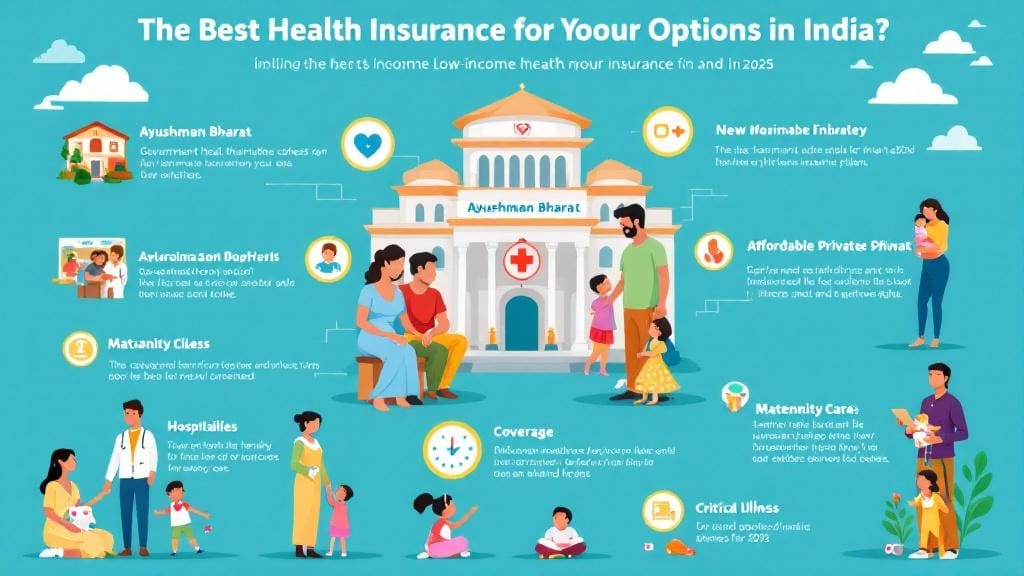In today’s digital-first world, mobile banking for kids and teens is becoming an essential tool for helping young people learn valuable financial habits. From managing allowances to saving for future goals, banking apps for teens are providing a safe, convenient, and interactive way for youngsters to gain hands-on experience with managing money. But how do you navigate the world of youth banking? Let’s explore how mobile banking apps for teens can help your child build financial independence while keeping their financial activities in check.
What is Mobile Banking for Kids and Teens?
Mobile banking for kids and teens refers to banking platforms, apps, or accounts that cater specifically to younger users. These services are designed to provide a secure, user-friendly way for minors to manage their finances while offering parental controls and educational tools. With mobile wallets, savings accounts, and digital allowance management systems, these tools aim to teach youth about budgeting, saving, and spending wisely.
Why is Mobile Banking Important for Kids and Teens?
As children grow older, their understanding of money transitions from “I want” to “I need.” Mobile banking introduces a practical way for teens to start building their financial literacy. By using a mobile banking app, teens can:
Track spending: Keep an eye on where their money is going.
Set savings goals: Learn the value of saving for things like gadgets, clothes, or even experiences like trips.
Make secure payments: Gain experience with mobile payments in a safe, controlled environment.
Understand budgeting: Learn to allocate their money for various needs, including savings, spending, and sharing.
What Are the Best Mobile Banking Apps for Teens?
There are several mobile banking apps designed for kids, tweens, and teens that allow for parental oversight. Some popular options include:
1. Greenlight
Best for: Customizable Allowance Management
Greenlight offers one of the most robust mobile banking platforms for kids and teens. The app allows parents to set up automatic allowances, create custom spending categories, and track spending in real time. It even offers cashback rewards for children and teenagers when they shop at certain retailers. One of the standout features is parental controls, where you can monitor transactions, block specific merchants, and approve payments before they are made.
2. Chase First Banking
Best for: Teens New to Banking
Chase First Banking is a great option for children who are just getting their feet wet in mobile banking. It provides a debit card for your child linked to a parent’s account, enabling you to monitor all transactions in real time. The app helps teach children about saving, earning, and spending with features like automatic savings goals, earning rewards, and parental controls for transactions.
3. GoHenry
Best for: Parental Control & Financial Education
GoHenry’s teen banking app allows parents to set spending limits and even assign chores or allowances. The app is great for young teens, as it also offers financial education through interactive lessons and quizzes on budgeting, savings, and the importance of money. With GoHenry, parents can also lock and unlock cards, set spending categories, and control where and when their teens can use their money.
4. BusyKid
Best for: Teaching Financial Responsibility
BusyKid is an app that focuses heavily on teaching kids the value of hard work and earning money. Through the app, kids can track their earnings and set aside money for saving, giving, and spending. It’s a great way to introduce young kids to the idea of budgeting and financial responsibility while having fun with customizable avatars and games that encourage good spending habits.
5. Current
Best for: Instant Access & Customizable Alerts
Current offers a teen-friendly bank account with a Visa debit card. This app allows teens to set up automatic savings goals, and parents can monitor and approve payments. It also offers instant transaction notifications and customizable alerts, so both parents and teens are always in the loop. This app is particularly good for older teens, giving them the independence they crave, but still with a layer of safety provided by parental monitoring.
Teen Banking Accounts: What You Should Know
When choosing a bank account for your child or teen, it’s important to understand the options available:
1. Youth Banking Accounts
Many traditional banks offer youth accounts designed for kids and teens. These accounts are often free or come with minimal fees and can include features like parental control over transactions. Some even come with educational tools to help teach kids about the basics of saving and spending. Examples include Wells Fargo’s Clear Access Banking and U.S. Bank’s Student Checking Account.
2. Junior Savings Accounts
These accounts are typically designed for minors who are saving money for long-term goals, like a trip or college. The interest rates may be lower than those of adult savings accounts, but the key advantage is that kids can start saving early and learn the importance of earning interest.
3. Teen Checking Accounts
A teen checking account is an option for teens who are ready to take on more responsibility. These accounts often come with a debit card, online and mobile banking features, and are designed to give teens an introduction to the concept of managing checking accounts, such as keeping track of balances and making payments.
Kid-Friendly Banking Features to Look For
When searching for the best mobile banking app for your teen, look for these essential features:
Parental Controls: Always opt for apps that offer parental oversight. This includes tracking transactions, setting spending limits, and customizing alerts for when the account balance is low or when large purchases are made.
Financial Literacy Tools: Many apps have educational tools to help teens understand how money works. This can include lessons on saving, budgeting, and the importance of credit.
Real-Time Notifications: Being able to receive updates on your teen’s spending behavior in real time can help guide them toward smarter financial decisions.
Customizable Goals: Look for apps that allow teens to set specific goals, whether that’s saving for a new phone or a weekend trip with friends. Setting goals encourages teens to manage their money with purpose.
How to Teach Financial Literacy for Teens Using Mobile Banking
Mobile banking apps can be a valuable tool for teaching financial literacy to kids and teens. Here are some tips on how to use these tools effectively:
Start with Basics: Begin by introducing concepts like saving, spending, and budgeting. Encourage your teen to allocate part of their allowance to savings each month.
Track Spending Together: Spend time reviewing their transactions to see where their money is going. Discuss whether their purchases align with their values or financial goals.
Create a Budget: Teach them how to categorize their spending and stick to a budget. Many mobile banking apps for teens include budgeting features that help break down their expenses into categories like entertainment, savings, and food.
Reward Good Habits: Encourage your teen to use their mobile banking app responsibly by rewarding them for meeting financial goals, such as saving a certain amount each month.
Digital Payments for Kids: What Parents Should Know
Mobile payment apps like Apple Pay, Google Pay, and PayPal are also gaining popularity among teens. While these apps offer convenience, they come with their own set of risks. Here are a few guidelines to help keep your teen safe when making digital payments:
Limit Access: Set up secure login credentials and limit the devices where the payment app can be accessed.
Teach About Security: Make sure your teen understands the importance of protecting their accounts with strong passwords and two-factor authentication.
Monitor Transactions: Keep an eye on spending and ensure that your teen only uses mobile payments for approved purchases.
FAQs About Mobile Banking for Kids and Teens
1. What are the best mobile banking apps for kids?
Some of the best mobile banking apps for kids include Greenlight, GoHenry, Chase First Banking, and BusyKid. These apps allow parents to monitor spending and teach kids financial literacy.
2. Can my teen have a checking account without my permission?
In most cases, a teen cannot open a checking account without a parent or guardian’s permission until they are 18. However, many banks offer joint accounts or accounts that require parental oversight.
3. How can I teach my child to budget with a mobile app?
Start by helping your child set realistic saving and spending goals. Many banking apps have budgeting tools that categorize spending, which can help them learn how to stick to a budget.
4. Is it safe for my child to use mobile payment apps?
Yes, mobile payment apps can be safe for teens if you take necessary precautions, such as setting strong passwords and monitoring their usage. Always ensure they understand the importance of protecting their financial information.
5. At what age should a child start using mobile banking apps?
The ideal age for introducing mobile banking apps to your child depends on their maturity and understanding of money. Generally, it’s a good idea to start introducing these apps in their early teen years (13-15).
6. Can my teen use a mobile banking app without a debit card?
Yes, many mobile banking apps allow teens to manage money without needing a physical debit card. Some offer virtual cards for online transactions or cash withdrawals.
7. How do mobile savings accounts work for kids?
Mobile savings accounts for kids typically function like traditional savings accounts but are managed through an app. Parents can set up savings goals, and kids can earn interest on their savings.








Comments (0)